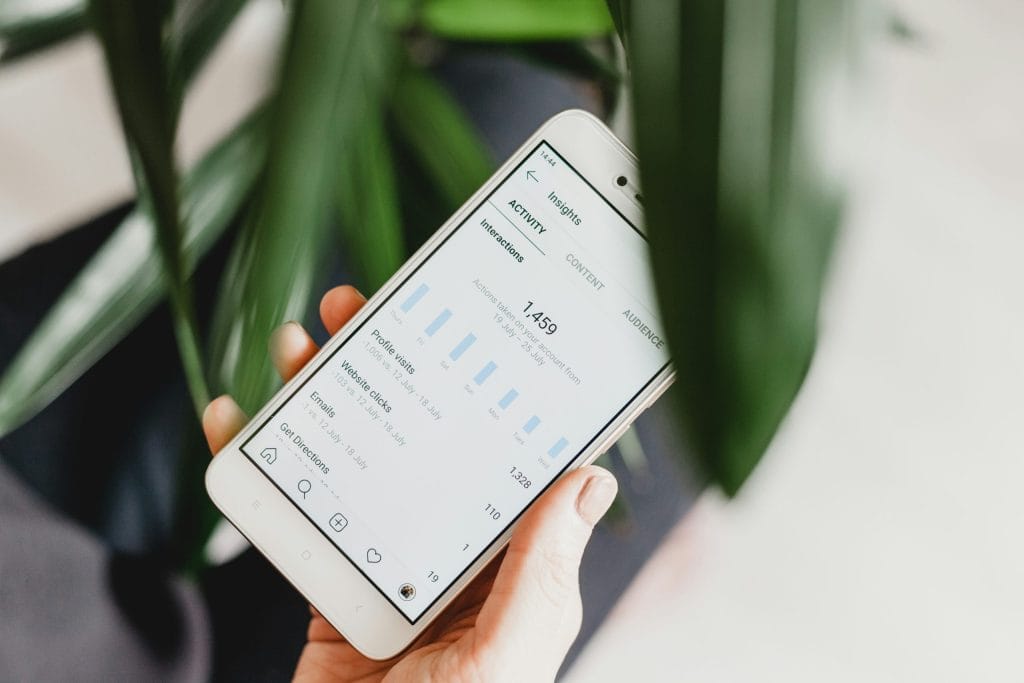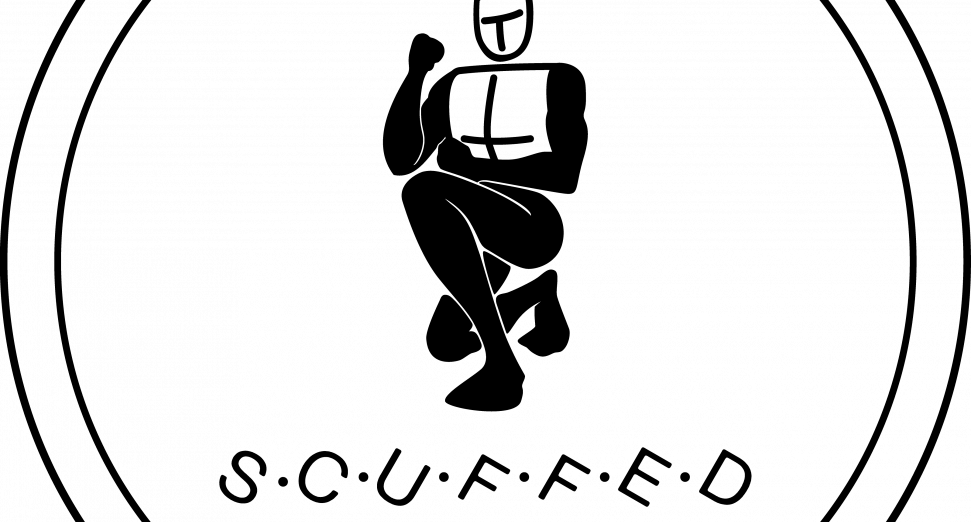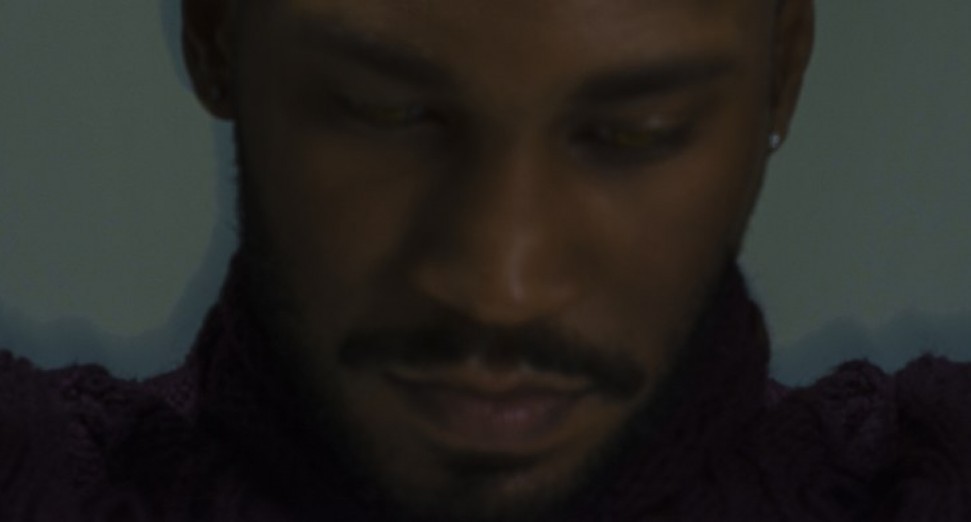
Instagram’s CEO Finally Explained the Algorithm—Here’s What It Means for DJs, Artists, and Indie Music Pages
Table of Contents
If you’re running a music page on Instagram in 2025—especially one that supports underground artists (ie; a record label) or you’re an underground artist yourself—you’ve probably felt the platform’s weird double standard.
You post something meaningful or high quality and it goes nowhere. Then some blurry iPhone clip of Tale Of Us gets 100k views overnight.
Turns out, there’s a reason for that—and Instagram’s head, Adam Mosseri, just explained exactly why in a recent interview. For once, it wasn’t full of vague platform-speak. He actually broke down what drives reach, what doesn’t, and why small creators often get stuck in what people call “algorithm jail.”
Let’s break it down—for DJs, producers, and anyone running a music-first feed that isn’t just chasing clout.
“Shares Are the Most Important Signal”
According to Mosseri, it’s not likes. It’s not saves. It’s not even comments. It’s shares—especially when someone sends a post to a friend or drops it in a DM.
“Even if the algorithm was optimized for saves,” he said, “a share would still be the way to reach another human being.”
That’s the core of how content spreads now. Reels that make someone hit “send” will always outperform ones that just get scrolled past, even if they’re technically “better” in terms of production. For pages focused on up-and-coming DJs or artist quotes, that means focusing less on polish and more on punch—something that makes people say, “yo, you gotta see this.”
Unconnected Reach > Follower Count
The big shift that’s happening now—and something Mosseri was pretty blunt about—is that Instagram’s algorithm is increasingly built around what he calls “unconnected reach.” That’s the audience that doesn’t follow you, doesn’t know who you are, but sees your content anyway.
It’s modeled after YouTube. On YouTube, most views come from non-subscribers. Instagram is heading the same direction. And for smaller accounts, that can be a blessing or a curse—depending on how well your content communicates what it is.
“We made it visible now—connected vs. unconnected reach—so creators could optimize,” Mosseri said. If your unconnected reach is low, it usually means Instagram doesn’t know who to show your post to. Not because you’re being penalized, but because the content didn’t give the system enough to work with.
That’s one of the most frustrating parts of running a music account on IG right now: the platform doesn’t actually reward “quality,” it rewards clarity. If your post doesn’t make it obvious who it’s for and what it’s about, it gets passed over.
No Shadowban—Just Confusion
One of the most direct questions in the interview was about the dreaded “shadowban.” Mosseri didn’t dodge it. He said it flat out: “It’s not a shadowban. If the content isn’t getting recommended, it’s usually because the algorithm can’t tell what it is.”
Unless you’re violating Instagram’s guidelines—and most people aren’t—you’re not being suppressed. You’re just not being recognized.
That explains why two nearly identical posts can perform completely differently depending on the day or the context around them. It’s not always about the post itself. Sometimes it’s timing. Sometimes it’s who’s online. Sometimes it’s just noise in the system. “Don’t overreact to one post,” he said. “Look for the patterns.”
Original Content Is (Finally) Being Prioritized
For years, the most annoying part of Instagram was watching repost pages get all the traction while the original creators got ignored. Mosseri acknowledged this, too. They’re actively working to detect original creators and surface their content over aggregators.
“Aggregators, as great as they are, get a disproportionate amount of value relative to what they create,” he said. “Ideally, the person who made the thing gets more views than the person who found the thing.”
That’s a shift worth paying attention to, especially if you’re sharing original reels, artist-made clips, or exclusive quotes. Even if those posts aren’t attached to big names, being the first to post them gives you algorithmic weight you wouldn’t have had a year ago.
What About Hashtags, DM Automation, and Posting Time?
Hashtags?
Basically irrelevant.
Mosseri was clear: “Hashtags do not significantly increase your reach.” They’re not harmful, but they’re not the key to anything anymore. Following hashtags is gone, the “recent” tab is gone, and Instagram’s focus has fully shifted to recommendations.
As for post timing—yes, it matters, but not the way people think. If a post flops and the same exact post does well the next day, Mosseri says it’s probably not the algorithm changing. It’s just life. “If there’s a huge swing, it probably isn’t us,” he said. “The world changed. It might be Mother’s Day. Or school let out. Or a meme popped.”
One area worth watching: DMs. Mosseri mentioned that more content is being shared in DMs than in Stories. So posts that start conversations, get reactions, or spark back-and-forths are gold. It’s a shift toward private sharing over public likes.
Instagram Wants You to Train It
The most important mindset shift from the entire interview? You’re not just trying to game the algorithm—you’re training it. Teaching it what your content is, who it’s for, and how it fits into the broader ecosystem.
If you’re consistent about what you post—whether it’s artist quotes, gig clips, or scene commentary—Instagram will learn faster. If you’re constantly switching it up, the system won’t know what to do with you. That doesn’t mean you have to post the same thing over and over. But it does mean you need a throughline—something that makes your content recognizable.
You don’t need to pander. You don’t need to imitate bigger pages chasing headline DJs. But you do need to be clear, consistent, and worth sharing. Because in 2025, the algorithm doesn’t reward attention—it rewards direction.



